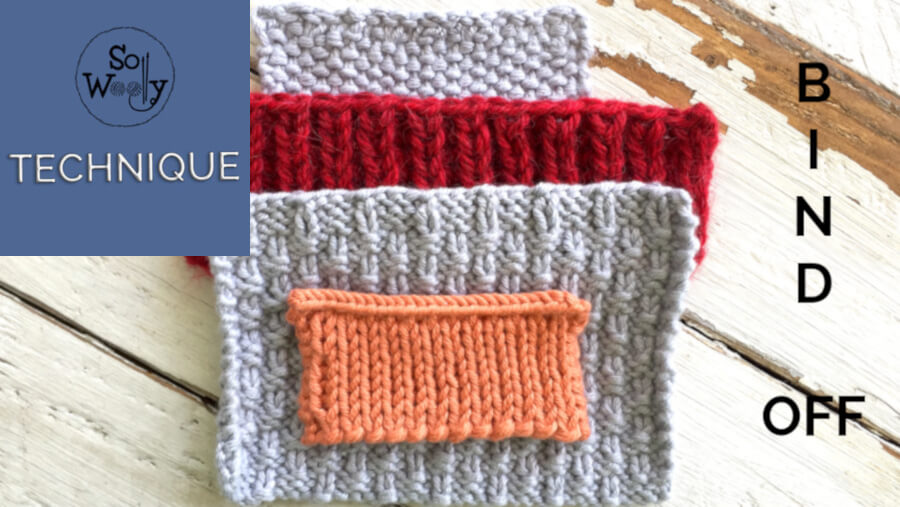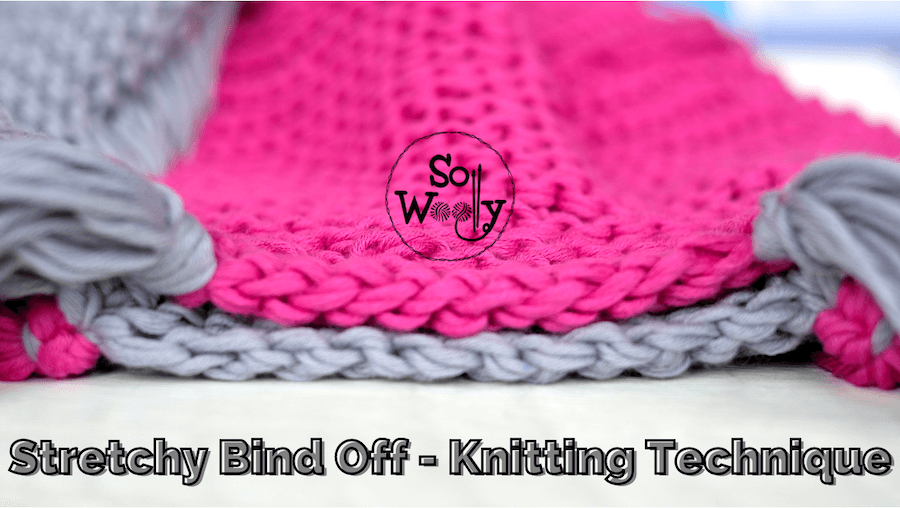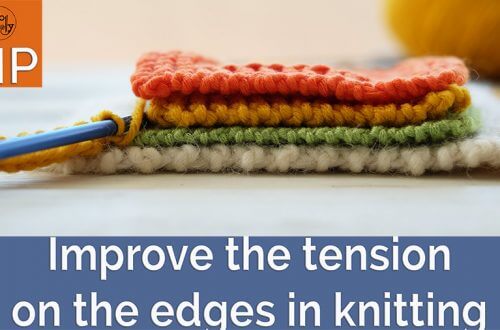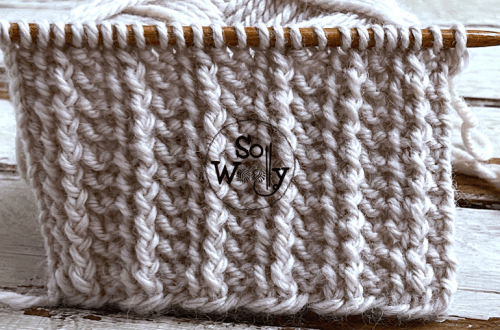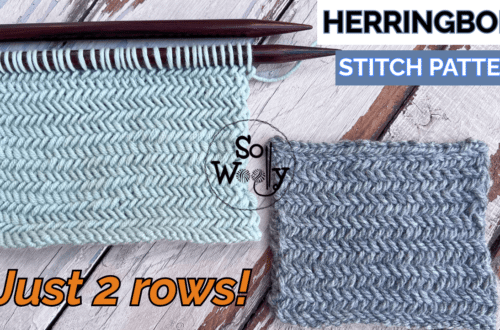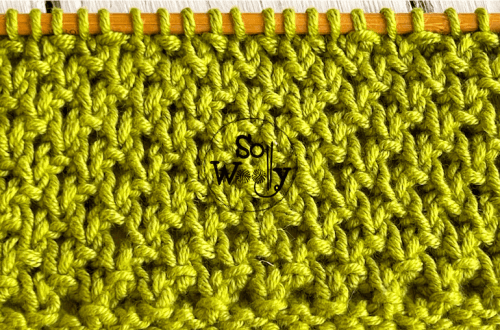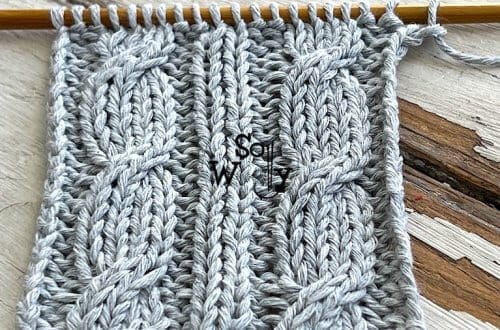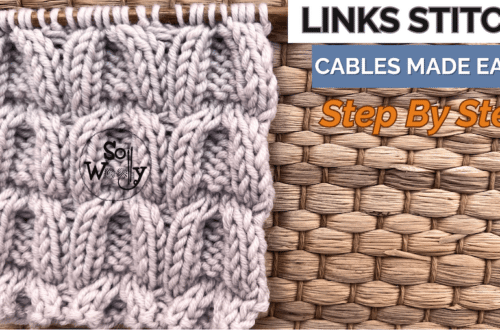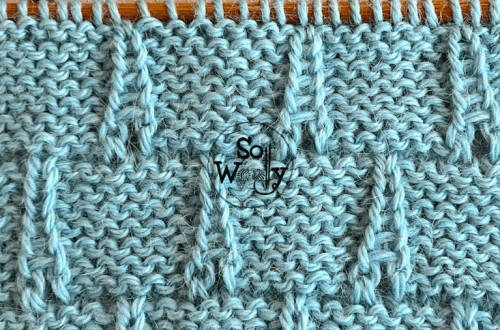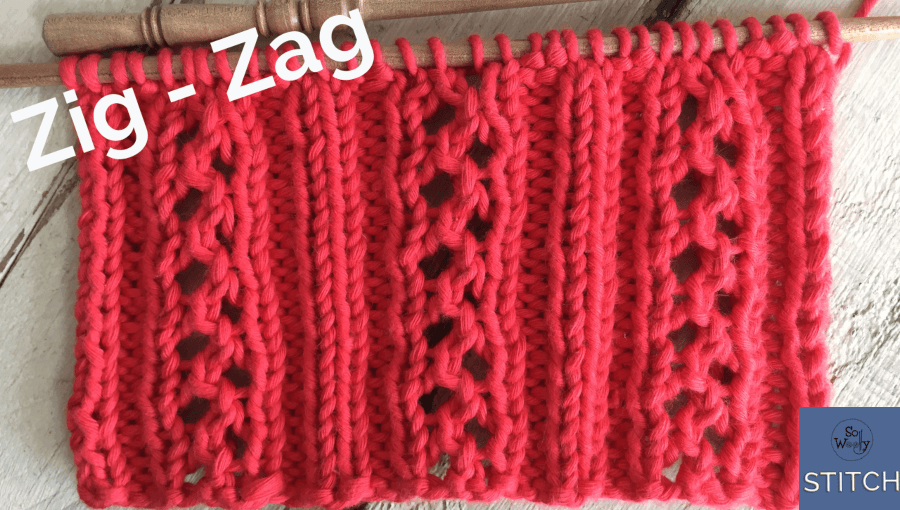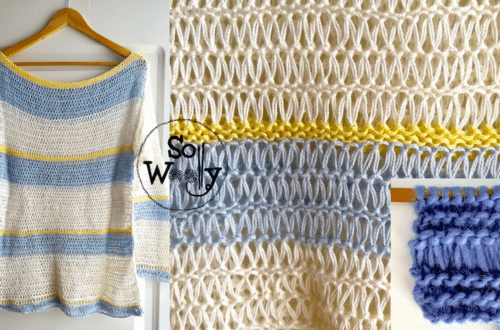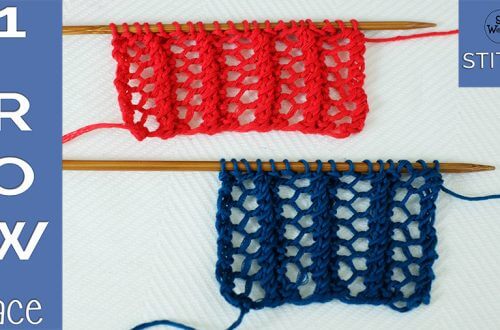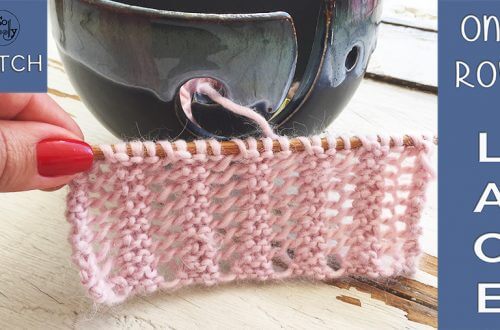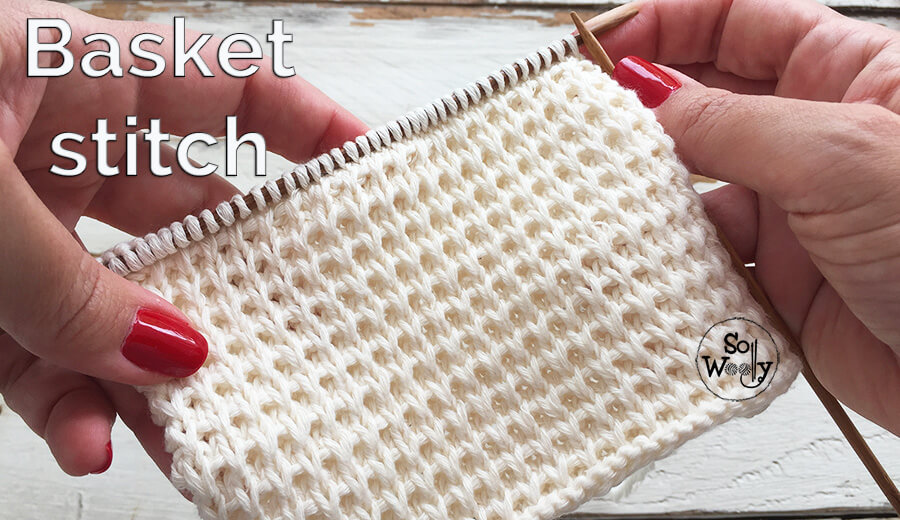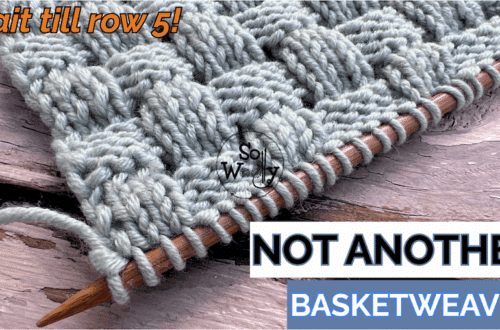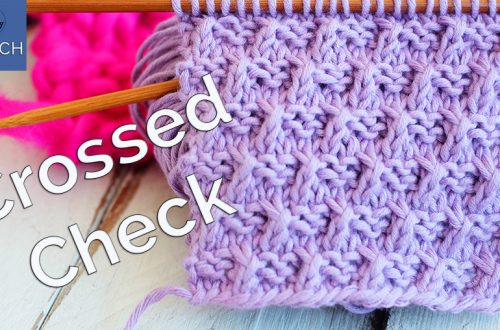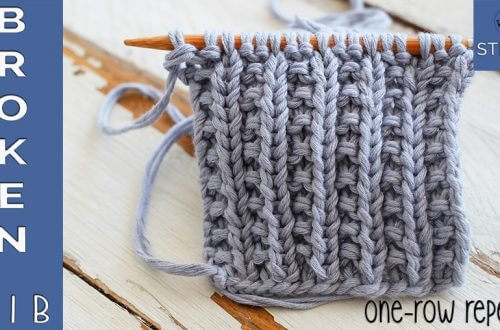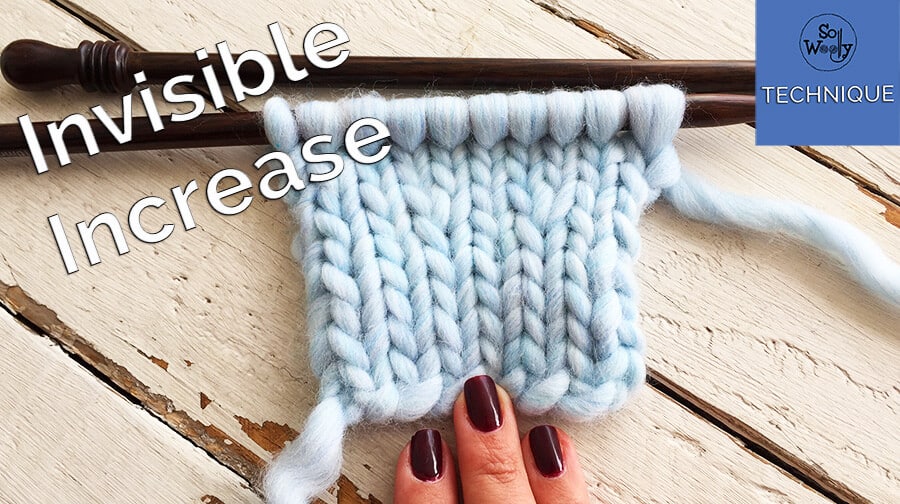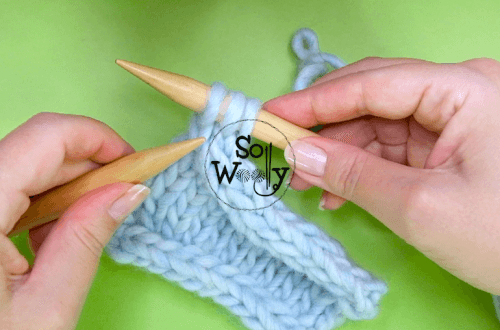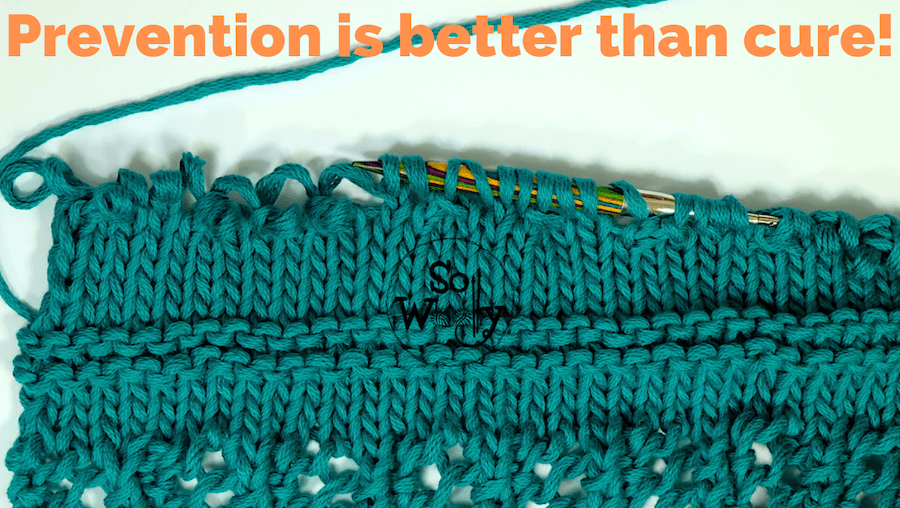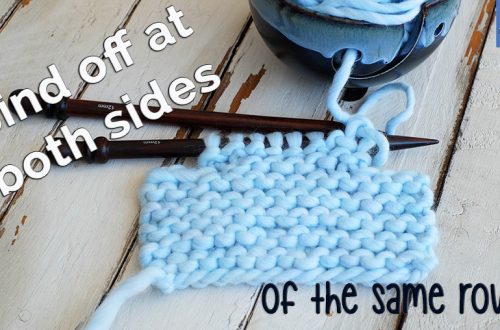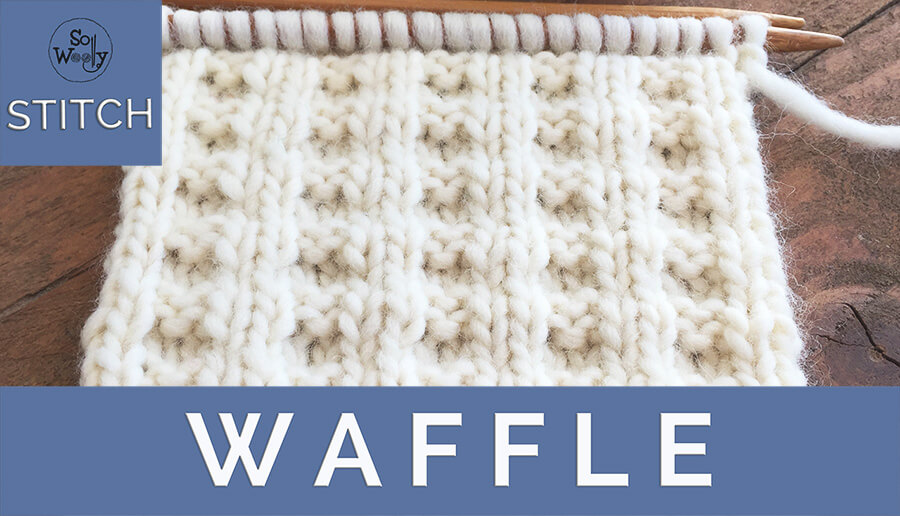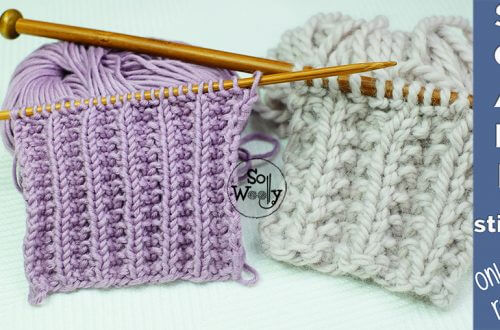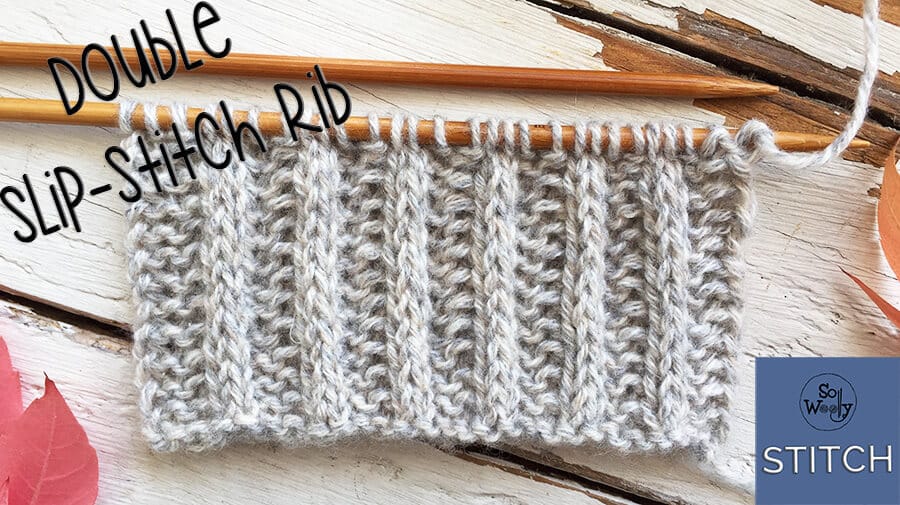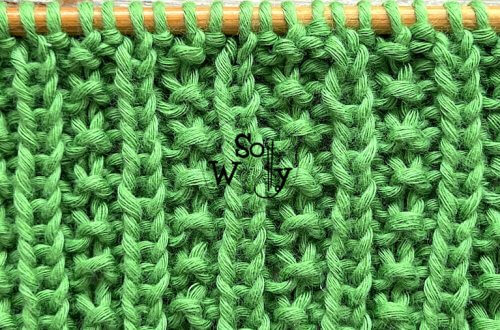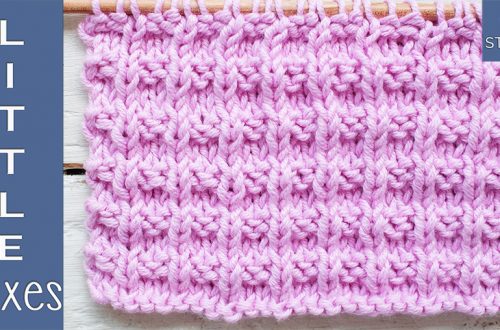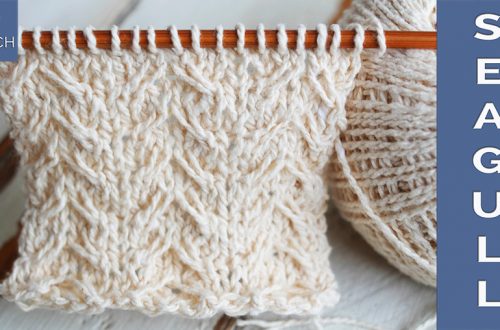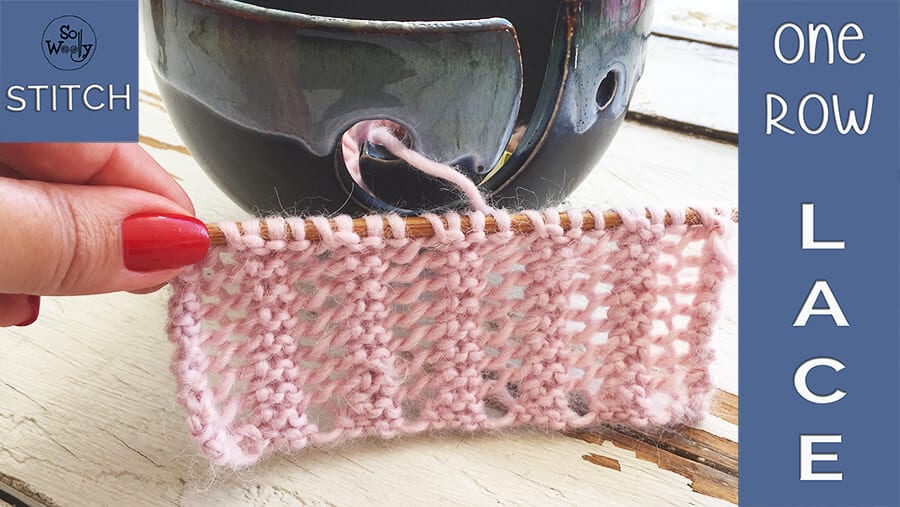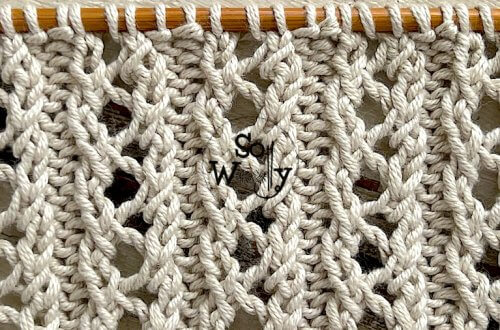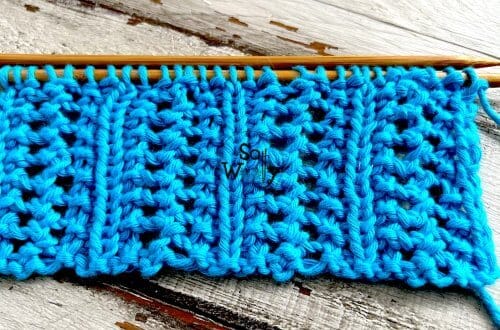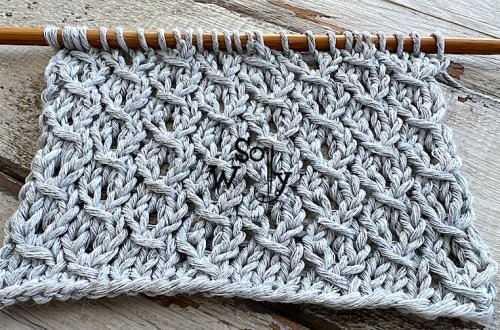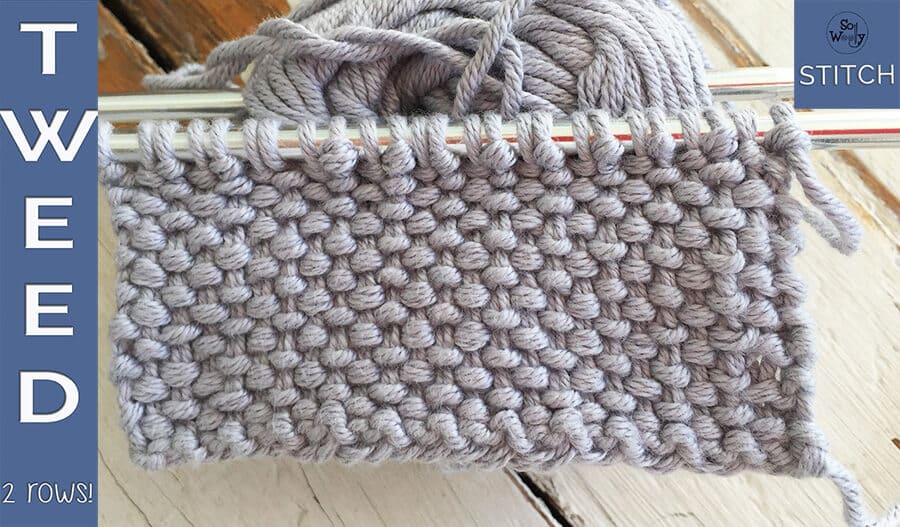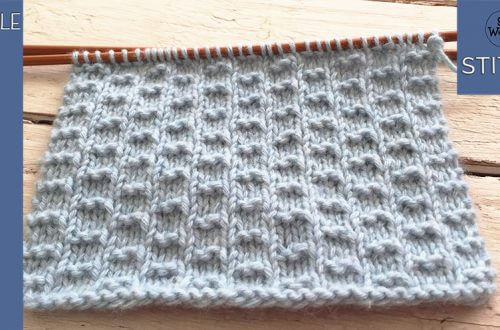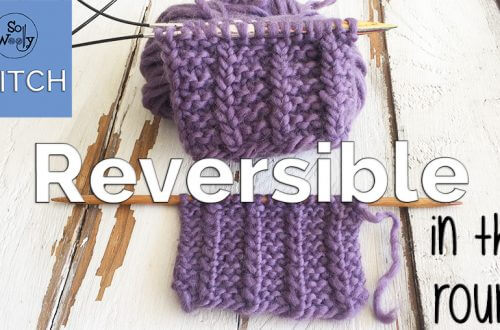-
4 knitting techniques and tips to bind off different stitches: Fisherman’s Rib, No curl Stockinette, among others
In this tutorial, you’ll learn four techniques to bind off different kinds of knitting patterns, such as the classic Fisherman’s Rib, the Tweed stitch, and the “No curl Stockinette stitch”. You’ll also see how to bind off working each stitch as it presents, because some of you have told me that it’s still difficult to distinguish the knit stitch from the purl stitch. All the stitches that I’m using for this tutorial have been published here, on this web, and on my You Tube channel: SoWoolly Learning these techniques is important, because not every stitch pattern looks nice if we bind off the traditional way: whether binding off knitwise, or…
-
Acorn knitting stitch pattern: Reversible and unisex
In today’s tutorial, you’ll learn how to knit the Acorn stitch pattern, step by step. Another classic of the knitting world which I wanted to share a long time ago, but as with the Honeycomb stitch we learned last week, I never had the time, these days we all have a little extra. It’s a unisex, reversible pattern (although not identical on both sides), it doesn’t curl, so it’s a great choice when knitting women’s and men’s scarves, cowls and sweaters. The Acorn knitting stitch creates a fabric that mixes density and subtlety and even includes lacey bits. It’s easy to knit, because it’s very intuitive: You can see clearly…
-
How to knit the Honeycomb Brioche stitch
In this tutorial, you’ll learn how to knit the Honeycomb Brioche stitch, a classic in the world of knitting. Chunky and cosy, it has a rich texture, perfect for Winter garments in Wool, Alpaca, or Cashmere yarn. However the Honeycomb Brioche stitch is also suitable for knitting Spring/Autumn garments, using cotton yarn and big needles 😉 A four-row repeat pattern, very intuitive after the first rows, and easy to remember: The same steps are repeated time and time again, ideal knitting while watching your favorite shows or if you have to watch “THE GAME” with your S.O. Ok, let’s get started! For this swatch I used my double pointed bamboo…
-
Zig-Zag Lace knitting pattern (easy-peasy and it doesn’t curl)
Today it’s all about Zig-Zag Lace, but first…Happy New Year, my little Woolly! May 2021 bless you with health, wealth, and happiness :)! In today’s tutorial, you’ll learn how to knit an easy Zig-Zag lace knitting stitch. A four-row repeat pattern, ideal for those knitters that haven’t tried lace yet… The Zig-Zag pattern is created by alternating two different decreases on each odd row; firstly, knitting two stitches together, which is a right leaning decrease, and then, another sort of single decrease, that results in a left leaning stitch. This pattern is the perfect solution when knitting a top or sweater, with a small touch of lace, but not a…
-
How to knit the Basket stitch: Chunky and cozy
In today’s tutorial, you’ll learn how to knit the Basket stitch: Easy (to knit and to memorize) and ideal for knitting any sort of warm and cozy clothing (hats, blankets, cowls, sweaters, etc.). This is a four-row repeat pattern, perfect for beginners (the only techniques required are knitting and purling). This version of the Basket stitch shares the same DNA than the Waffle stitch, we learned sometime ago, and because of the slipped stitches, it tends to curl… No need to panic though 🙂 There is always a solution: Either you knit a nice edge on each side of the work, or block the piece once it’s finished. Without further…
-
Invisible increases when knitting Stockinette stitch
In today’s tutorial, I’m sharing an increase technique that I just discovered, easy to do and practically undetectable, ideal for knitted pieces made in Stockinette (Stocking) stitch (sometimes the increases can be decorative, but often we would prefer them to be invisible (like my boyfriend 😉 In a previous tutorial, we practiced my favorite increase when knitting Garter stitch, so this time, we’ll see how to do increases that are smooth, virtually unnoticeable, and can be used for any kind of stitch where you get the “v” (the little chain) typical of the Stockinette, because we need one of the sides of the stitch (I call them the “legs” of…
-
A version of the Waffle stitch knitting pattern ideal for beginners
This new version of the Waffle stitch knitting pattern is ideal for beginners: It’s super easy to do (the only techniques required are the knit stitch and the purl), it’s reversible (both sides look pretty), and also unisex. It’s the perfect stitch for knitting women’s and men’s scarves, but also hats, blankets, cushions, bags…the options are endless! This Waffle stitch pattern is easier than the last one I shared (there are only four rows of plain knitting and purling). Let’s get started! Abbreviations CO: Cast on Sl1pw: Slip one stitch purl wise K: Knit P: Purl RS: Right side of the work BO: Bind off N.B.: On every row, slip…
-
Double Slip-stitch Rib knitting pattern: 2 steps and 2 rows
Dedicated to all those who aren’t purling fans, this tutorial will show you how to knit the the Double Slip-stitch Rib pattern (in both, English and Continental style). At first glance, it looks like the classic 2×2 Rib stitch, but if we take a closer look, we’ll see how the columns are embossed, standing out remarkably. The Double Slip-stitch Rib is a two-row repeat pattern, one of which is plain knitting, and the other row requires two simple steps: More knitting and slipping stitches. The good news is that it doesn’t involve any purling! Yay! Because it’s well known that many of us don’t love to purl, and it has been…
-
Herringbone Lace stitch: A one-row repeat knitting pattern for beginners
In today’s tutorial, you’ll learn an adorable pattern, super easy to knit (just 3 simple steps), and reversible (identical on both sides): The Herringbone Lace stitch. It’s the perfect option for beginners that are looking to knit lace for the first time, because the only techniques required are the knit stitch, knit two stitches together, and yarn forward. The Herringbone Lace is a one-row repeat pattern (it means that there is only one row that will be repeated time and time again), and you can use it for both Summer and Winter garments, in other words cotton or wool, you decide! This stitch pattern has no right or wrong side,…
-
Tweed Stitch: A famous knitting pattern + video
In today’s tutorial, you’ll learn a classic knitting pattern: The Tweed stitch. It’s a two-row repeat pattern, that combines knitting, purling, and slipping stitches. The Tweed stitch looks like a factory-made fabric when finished: It lays flat, it has an adorable texture to it, great for knitting something special…maybe a Chanel-style jacket, a kilt for that Scotsman in your life, or even a fancy scarf? I love both sides of the fabric, so to me, it’s more a reversible stitch, and also it’s unisex, it works for both women’s and men’s garments. This is one side of the work: Abbreviations CO: Cast on st: Stitch K: knit P: Purl wyif:…
